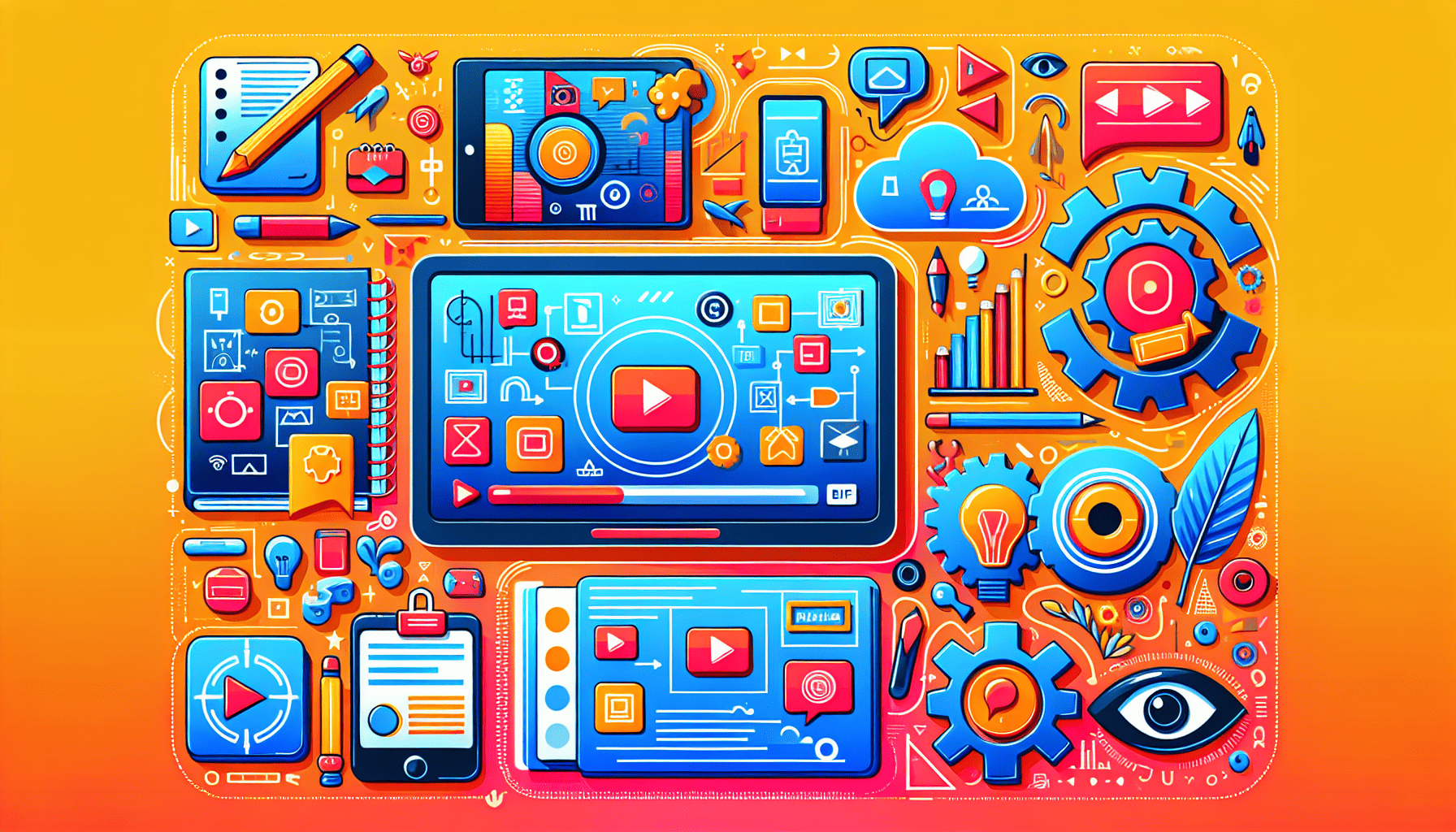In the evolving landscape of education, eLearning has become a pivotal component of modern teaching strategies. As digital learners demand more engaging and interactive experiences, educators and course designers are increasingly turning to interactive elements and multimedia integration to enhance the learning process.
Interactive eLearning content constitutes a variety of elements that actively engage learners, moving them beyond passive content consumption. These elements include quizzes, simulations, games, branching scenarios, and interactive videos. By converting passive learning into an active experience, interaction encourages students to assimilate information more effectively, fostering better retention and understanding.
Quizzes and assessments play a crucial role in interactive learning by allowing students to test their knowledge in real-time. They provide immediate feedback, enabling learners to understand their strengths and identify areas for improvement. This real-time feedback loop can significantly improve student motivation and engagement.
Simulations and gamification techniques transform learning into an exciting journey, where learners can engage in problem-solving and critical thinking. Simulations enable students to explore complex concepts in a risk-free, virtual environment, while games offer rewards and instant feedback that can make the learning process more enjoyable.
Branching scenarios are another powerful tool. They present learners with choices, leading to different paths and outcomes, mirroring real-life decision-making processes. This method not only enhances engagement but also helps learners develop decision-making skills by analyzing the consequences of their choices.
Interactive videos are equally impactful, transforming traditional video content into dynamic learning experiences. These videos include clickable areas, hotspots, and decision points, providing an active viewing experience. They allow learners to control their narratives, fostering a higher level of engagement compared to standard videos.
Beyond these interactive elements, multimedia integration enriches the learning environment by combining text, images, audio, and video. This combination caters to different learning styles, whether visual, auditory, or kinesthetic, ensuring that the content is accessible and engaging to a broader audience. Multimedia can illustrate concepts in ways that text alone cannot, making complex ideas more relatable and easier to understand.
Moreover, multimedia tools like podcasts, virtual reality (VR), and augmented reality (AR) are increasingly being used to create immersive learning environments. Podcasts offer flexibility, allowing learners to absorb content on-the-go, while VR and AR provide experiential learning experiences that were previously unimaginable. These technologies allow learners to interface with 3D models or visit virtual locations, enhancing their understanding and engagement by bringing abstract concepts to life.
While integrating interactive elements and multimedia into eLearning can be highly beneficial, it is essential to maintain a balanced approach. Overuse of interactive features can overwhelm learners and detract from the core content. Thus, it's crucial to align interactive elements with learning objectives, ensuring that every element serves a purpose in enhancing comprehension and engagement.
In conclusion, the integration of interactive elements and multimedia in eLearning represents a significant shift towards a more engaging and effective educational experience. By leveraging these tools, educators can cater to diverse learning styles, maintain learner interest, and improve knowledge retention, ultimately enhancing the overall educational experience. As technology continues to evolve, the possibilities for interactive learning will only expand, promising an exciting future for eLearning.
